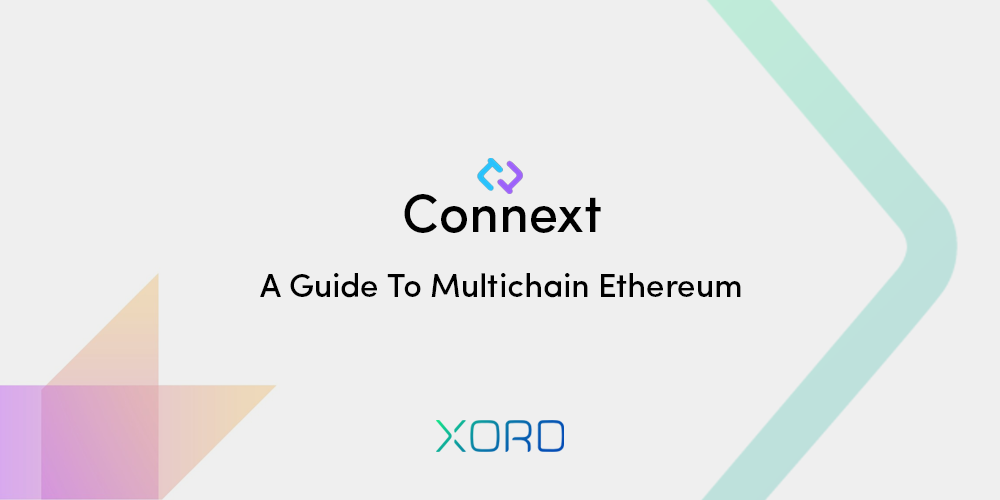
In this article, we will be exploring the Connext Network and its working mechanism.
Since its inception in 2015, Ethereum has become the most sought-after blockchain due to its vast benefits, ranging from developing decentralized applications (dApps) to the ease of building other projects. However, as the popularity of Ethereum increases, it led to the congestion of the network, which resulted in slower transaction time and increased gas fees to carry out a transaction on the blockchain.
Since these problems have been encountered, various solutions have been proposed to mitigate the issues. One of which is layer 2 - which enables transactions to be carried out outside the Ethereum mainnet but records the data on the Ethereum mainnet. Connext is a layer 2 solution that aims to solve the problem.
Connext is an Ethereum based interoperable platform that connects Ethereum Virtual Machine (EVM) compatible chains and layer 2 solutions. Connext achieves its function without the use of a new external validator.
Connext works through the Noncustodial Xchain Transfer Protocol (NXTP) for its cross-chain transfer without depending on any external validator.
The NXTP model consists of a locking pattern, off-chain routers, and SDK. The locking pattern prepares a transaction and fulfills it; the off-chain router passes call-data between chains, and the SDK prompts an on-chain transaction.
All transactions on the NXTP follow three stages which are:
i) Route auction: This is the route that users select for their transactions to follow. There are different routes that a transaction can follow. A user places a request on auction for the router to bid, and selects the route they prefer, the system (routers) seals the offer - which means that there is a price range and time limit for the transaction to be done.
ii) Prepare: This is the stage where the transaction is audited before being sent. The prepare stage involves both the sender-side chain and the receiver-side chain. The users send their transactions to a contract on the sender-side chain that manages transactions. The contract now has the router's sealed bid, which prompts the router to submit the same transaction to the transaction manager on the receiver-side chain, after which a specific amount is set aside and locked as liquidity. This stage ensures that there is an incentive for the router to carry out the transaction.
iii) Fulfill: This is the stage where a transaction is executed, or the transaction is returned if it doesn't complete. After the preparation stage on the receiver-side chain, the user sends a signed message to a relayer (it could be the router) which relays the signed message to the transaction manager on the receiver-side chain to complete a transaction and claim the funds locked by the router.
The router also submits the same message to the sender-side chain to complete the transaction and unlock the original amount.
Learn more about NXTP
Connext is an Ethereum based interoperability system that is highly capital efficient and truly trust-minimized. No other Ethereum based interoperable system has this advantage that Connext has.
Connext is a protocol that is easy to use on any Ethereum Virtual Machine compatible chain. It also supports non-EVM compatible chains though it requires rewriting the transaction and porting the contract.
Share:
